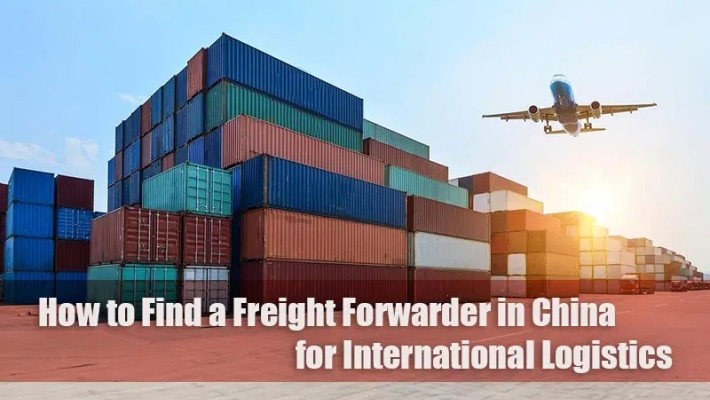Freight Forwarder Insights
Huin International Logistics Latest Articles
A freight forwarder guide for you to understand several types of movements
International shipping can often be a complex process, but fortunately, there are freight forwarders that offer a variety of service and movement options tailored to the specific needs of importers and exporters. Understanding terms like door-to-door, door-to-port, port-to-port, and port-to-door movement types is essential for navigating the world of international shipping.
Door-to-Door Shipping
Door-to-door shipping involves the freight forwarder handling the majority of the transport process, making it a convenient option for both the exporter and importer. The goods are picked up from the seller's premises and delivered directly to the buyer's door, utilizing a combination of trucks and vessels for transport. While this option may be more expensive due to its comprehensive nature, it relieves both parties of the responsibility of organizing their own transport services.
Door-to-Port Shipping
Door-to-port shipping is a middle-ground option between door-to-door and port-to-port shipping. The freight forwarder takes care of the initial transport from the exporter's premises to the ocean port or airport of origin, with the importer responsible for inland transport at the destination port. This type of shipping is beneficial for exporters who may not have the means to arrange transport to the port of origin, while still allowing them control over their mode of international shipping.
In the port-to-port shipping method, the freight forwarding company is responsible for the movement of goods from the starting airport or ocean port to the destination airport or ocean port. Typically, the goods are transported in containers, either through less than container load or full container load shipments.
It is important to note that the freight forwarder does not handle the inland transportation at the origin or destination. The responsibility for this falls on the shoulders of the importer or exporter. This type of shipping service covers the shortest leg of the transportation journey for which the freight forwarder is accountable. Consequently, it is the most cost-effective option, as payment is only required for the middle portion of the shipping process - from the originating port to the destination port. However, it also comes with the highest level of unpredictability, as this is where most challenges can arise during the shipping process.
Port-to-port shipments are best suited for experienced shippers who have a good understanding of the shipping industry. These individuals are equipped to handle the necessary documentation, manage customs clearance requirements at both the origin and destination, and arrange for inland transportation services.
When opting for the port-to-port shipping method, importers and exporters should consider the following factors:
Inland transportation: The exporter must organize transportation from their location to the port of origin, while importers will need to arrange for the transportation of goods from the destination port to their facilities.
Port schedules: It is the exporter's responsibility to ensure they are aware of transport schedules and deliver the goods punctually. Factors to consider include transit schedules and the operating hours of the port.
Customs clearance: In port-to-port shipping, the exporter manages customs clearance at the origin and bears associated costs. This process can be complex due to the extensive paperwork involved, prompting the recommendation to hire a customs broker at both the origin and destination.
Cargo insurance: While port-to-port shipping services include minimal carrier liability coverage, exporters should secure their own cargo insurance to safeguard against potential loss or damage during transit.
Local charges: Costs for local charges are not encompassed within port-to-port shipping expenses. Exporters and importers are responsible for covering expenses such as bill of lading release fees, wharfage, and other port charges.
In conclusion, the port-to-port shipping method provides a cost-effective option but requires a thorough understanding of the shipping process and careful planning to navigate potential challenges effectively.
Port-to-Door Shipping
In port-to-door shipping, the freight forwarder takes charge of transportation only from the destination port to the importer's premises, handling the inland transport to complete the shipment. This option provides convenience for importers by reducing the responsibilities involved in arranging transport from the port to their location.
When considering different movement types for international shipping, it's important to evaluate factors such as inland transport, port schedules, customs clearance, cargo insurance, and local charges to ensure a smooth and efficient shipping process. Each type offers its own advantages and considerations, allowing importers and exporters to choose the option that best suits their specific requirements.
